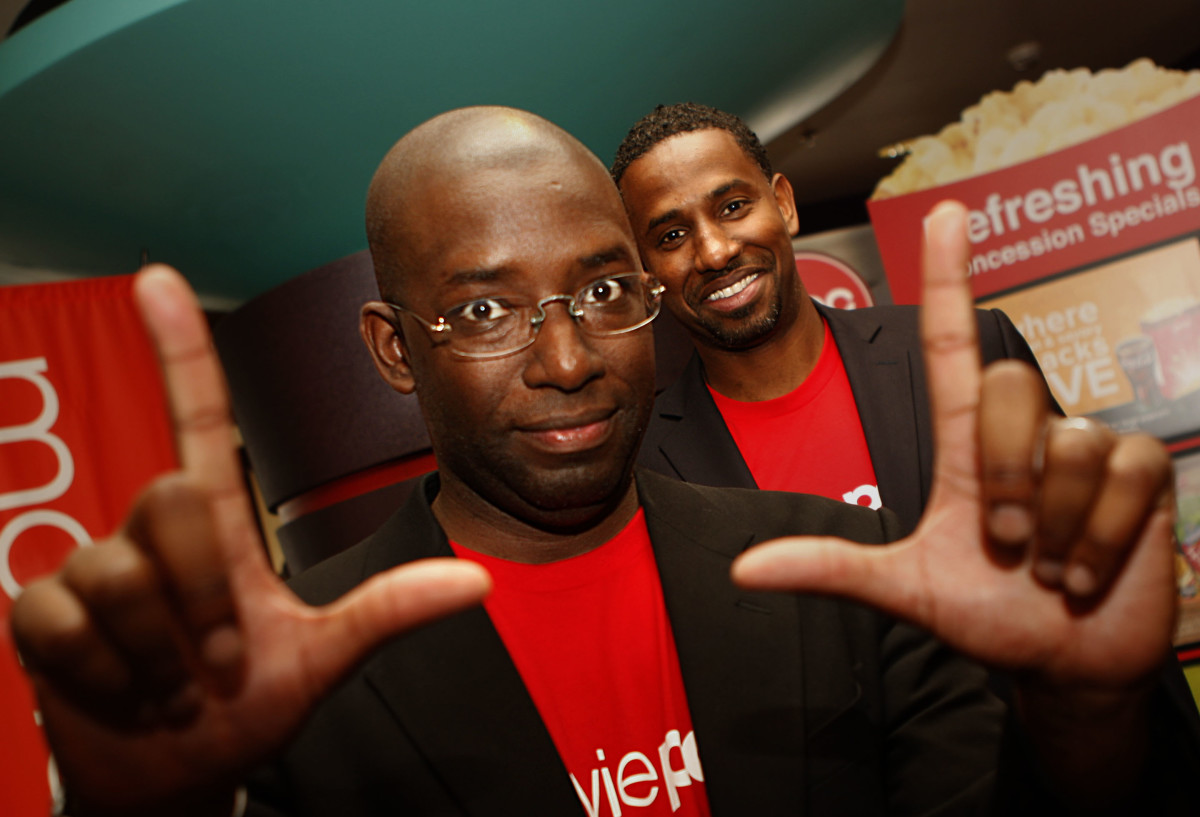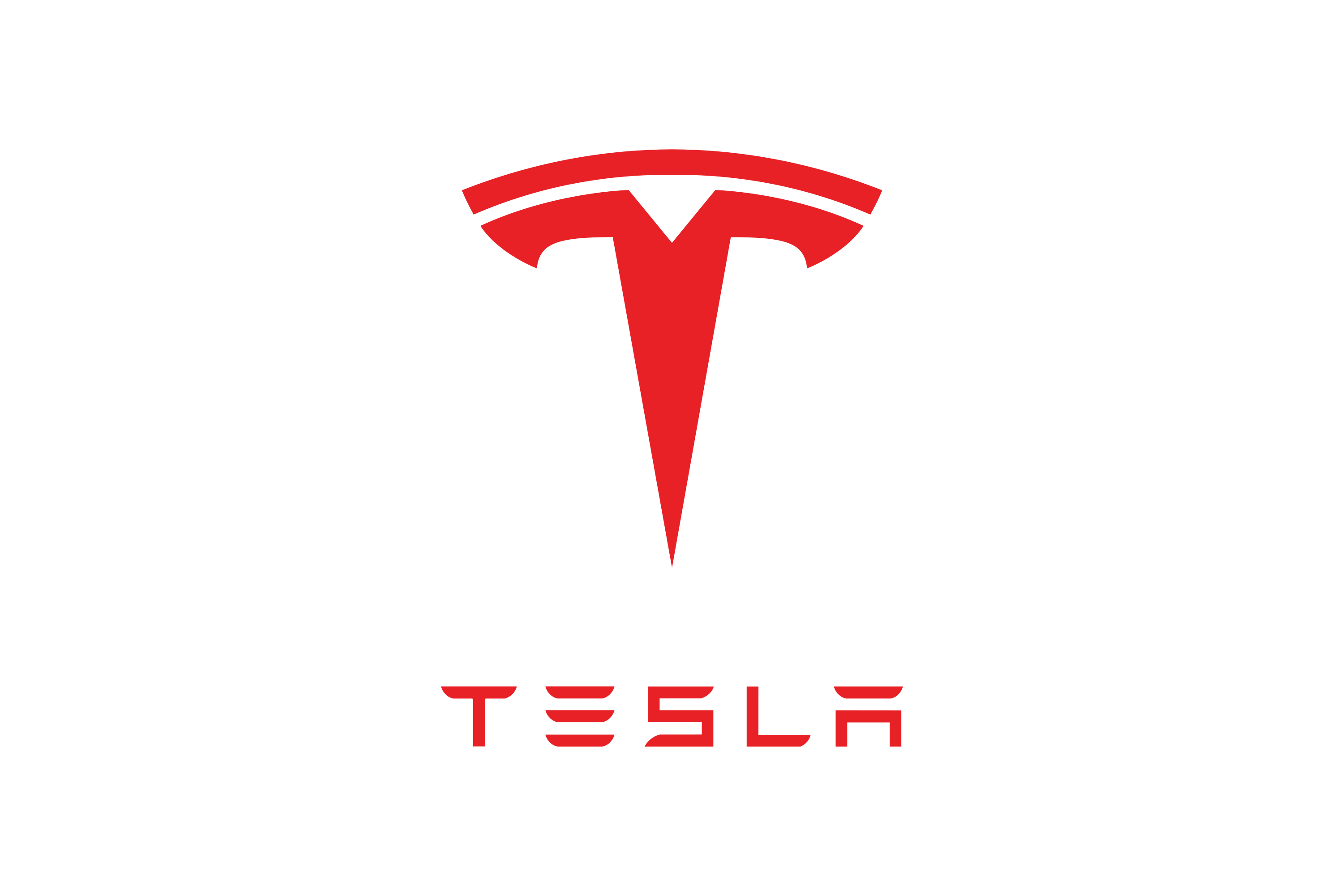The Electric Dream: Tesla's Rise and Fall - A Cautionary Tale of Innovation and Reality
In the pantheon of modern innovation, few companies have captivated the world's attention quite like Tesla, Inc. Founded in 2003 by Elon Musk, Martin Eberhard, and Marc Tarpenning, the company has become synonymous with electric vehicles, clean energy, and the pursuit of a sustainable future. From its humble beginnings as a small startup to its current status as a multinational corporation, Tesla's journey is a testament to the power of innovative thinking and the challenges of scaling a revolutionary idea. However, the story of Tesla's rise and fall serves as a cautionary tale of the disconnect between innovation and reality.
Tesla's rise to fame began with the introduction of the Tesla Roadster, the world's first all-electric sports car. Launched in 2008, the Roadster was a game-changer in the automotive industry, boasting a range of over 245 miles on a single charge and a 0-60 mph time of just 3.9 seconds. The car's impressive specs and Musk's charismatic leadership helped to establish Tesla as a household name, attracting investors and customers alike.
The Early Days: Hype and Realism
As Tesla's popularity grew, so did the hype surrounding the company. The media painted Tesla as a revolutionary force in the automotive industry, and the company's stock price soared to unsustainable heights. However, beneath the surface, the company was struggling to balance its ambitious plans with the harsh realities of the automotive market.
Tesla's early success was largely due to the large financial backing provided by investors, including Google co-founder Sergey Brin and Twitter co-founder Biz Stone. However, as the company's growth accelerated, the pressure to deliver on its promises began to take its toll. In 2012, Tesla's stock price plummeted after the company revealed that it would miss its production targets for the Model S, its flagship electric car.
Challenges of Scaling
Tesla's struggles to scale its production capabilities highlighted the challenges of replicating the company's early success. The Model S, with its complex battery pack and advanced electronics, was a difficult car to manufacture, and the company's production lines struggled to keep up with demand.
To address these challenges, Tesla implemented a number of innovative manufacturing techniques, including the use of automated production lines and a novel "gross manufacturing unit" (GMU) system. However, these efforts were hindered by a lack of manufacturing experience and a shortage of skilled workers.
The Model S: A Breakthrough Car
Despite the challenges, Tesla's Model S was a major breakthrough car that helped to establish the company as a leader in the electric vehicle market. The Model S boasted a range of up to 373 miles, a luxurious interior, and advanced safety features, making it a compelling alternative to traditional gasoline-powered cars.
The Model S was also a key component in Tesla's strategy to make electric vehicles more mainstream. By offering a high-performance electric car that could rival its gasoline-powered counterparts, Tesla aimed to prove that electric vehicles were more than just a niche product for environmentally conscious enthusiasts.
The Autopilot Controversy: A Critical Failure
In 2016, Tesla introduced Autopilot, a semi-autonomous driving system that promised to revolutionize the way we drive. However, the system was plagued by controversy and criticism, with many owners reporting a range of issues, including faulty software, inadequate safety features, and a lack of transparency from the company.
The Autopilot controversy highlighted the challenges of integrating advanced technologies into complex systems. While the system showed promise, its limitations and potential risks were ignored or downplayed by Tesla, leading to a public relations crisis that damaged the company's reputation.
The Safety Concerns
The Autopilot controversy also raised serious safety concerns, particularly in the wake of a number of high-profile accidents involving Tesla vehicles. In 2016, a Tesla Model S crashed into a parked police car, killing the officer inside, and in 2017, a Tesla Model X crashed into a tractor-trailer, killing the driver.
These incidents highlighted the need for Tesla to address the safety concerns surrounding its Autopilot system and to provide more transparency to its customers. However, the company's response to these incidents was criticized for being slow and inadequate, further eroding trust in the brand.
The Charging Infrastructure: A Key Component of Tesla's Growth
Despite the challenges, Tesla's growth has been fueled by the expansion of its charging infrastructure. The company has invested heavily in building out its Supercharger network, which now spans over 2,500 stations across North America.
Benefits of Tesla's Charging Infrastructure
Tesla's charging infrastructure has provided numerous benefits to the company and its customers. For one, it has enabled Tesla to maintain a competitive pricing strategy, as owners can charge their cars for a fixed fee at one of over 2,500 Supercharger stations.
The charging infrastructure has also helped to reduce range anxiety, allowing owners to travel long distances without worrying about running out of charge. This has been particularly important for Tesla's Model S, which can travel over 373 miles on a single charge.
The Cybertruck: A Risky Foray into New Territory
In 2019, Tesla introduced the Cybertruck, a futuristic electric pickup truck that has been hailed as one of the most innovative cars in decades. However, the truck's introduction has also been marred by controversy and criticism.
Risks of Tesla's Cybertruck
The Cybertruck's introduction highlights the risks of taking bold risks in the automotive industry. While the truck's futuristic design and advanced features have generated significant buzz, the car's lack of specifications and the absence of a test model have raised concerns among critics and investors.
The truck's pricing strategy has also been criticized for being overly aggressive, with some analysts predicting that the car will not be profitable for
Sabrina Carpenter Height Ft
Rebbie Jackson
How Tall Was Lorne Greene
Article Recommendations
- Tony Hinchcliffe Relationship
- Seopetition Tracker
- Manuel Garcia Rulfo Wife
- Who Is Tony Hinchcliffe Father
- Rainbowdragonvip
- Sophie Raind
- Money6x How To Make Money
- Anna Malygond
- Whatiseaseoesunny Hostin Have
- Shanin Blake

![Journey's Rise, Fall, and Return [Episode 187] - Booked On Rock with](https://production.listennotes.com/podcasts/booked-on-rock/navigating-digital-evolution-jbysnMz6xCZ-oyenapG1DwF.1400x1400.jpg)

